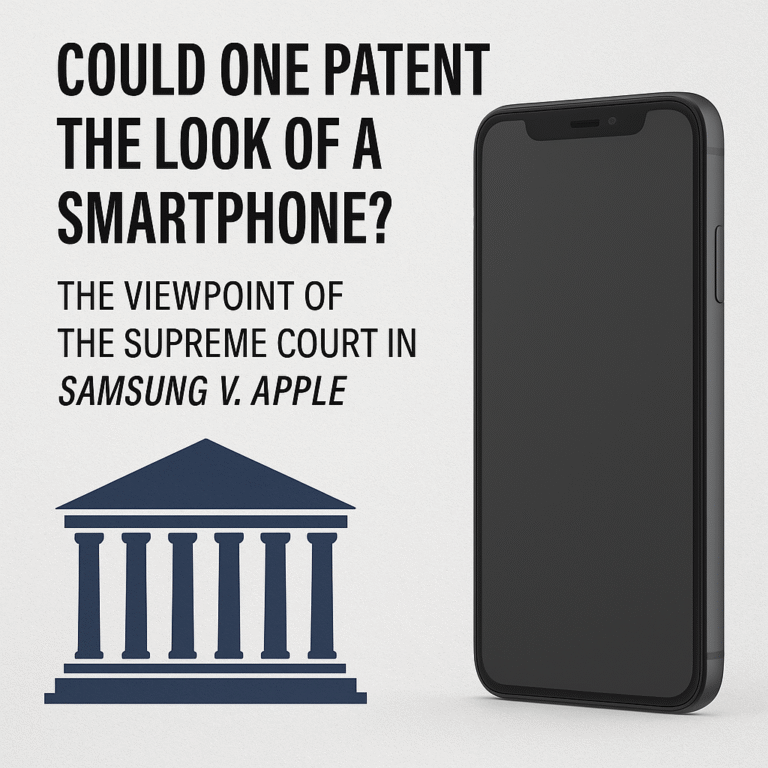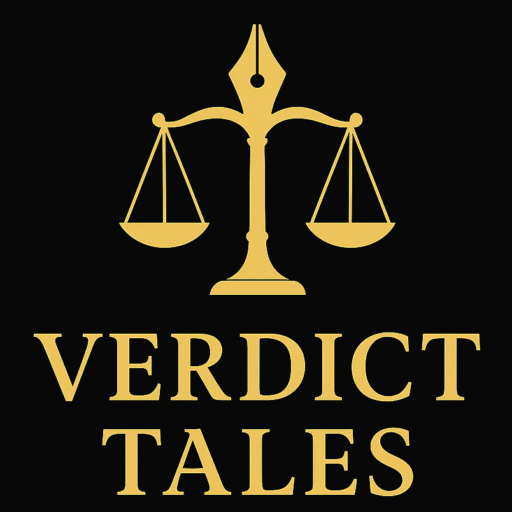This Supreme Court decision explores whether Samsung paid Apple royalties for design replication of iPhones. A historic ruling changes the tech design patent value. Investigate the legal analysis and how it affects you.
Case Background: A Tech Titans Battle
Two giants squared off in a courtroom drama that enthralled the tech sector in the busy Silicon Valley. Apple, the innovator behind the venerable iPhone, charged Samsung, a tough rival, of exacting copy of its elegant smartphone looks. When Apple debuted the original iPhone in 2007—a black rectangular gadget with rounded corners, a raised rim, and a vibrant grid of icons—all of this started. This societal phenomenon altered our interaction with technology, not only a phone.
Apple obtained design patents to guard the distinctive appearance of the iPhone, including the D618,677 patent for its black front face, the D593,087 patent for the rounded rectangular form, and the D604,305 patent for the classic app grid. Apple’s shield, protecting the look that made the iPhone immediately identifiable, were these patents.
Let me now introduce Samsung. Following the explosive climb of the iPhone, Samsung unveiled a line of cellphones remarkably similar to Apple’s design. For the typical consumer, the parallels were striking: same rounded edges, same front face, and a known grid of icons. Apple objected, claiming Samsung had violated its design patents. Apple sued Samsung in 2011, alleging that their cellphones were exact replicas rather than merely inspired versions of the iPhone. Apple insisted on $399 million, the whole profit Samsung made from the infringing phones. The stakes were enormous. This concerned the safeguarding of innovation in a competitive sector, not only about money.
The case was a collision of ideas rather than only a business spat. Could a firm claim the whole profit on a product for duplicating just a portion of its design? The response would outline the limits of digital era design patents.
Legal Action: From Trial to Appeals
The legal dispute took place in a California courtroom, where Apple prevailed according to a jury. Apple was awarded the entire $399 million Samsung made from multiple Samsung cellphones, which was deemed to have violated Apple’s design patents. The jury’s decision was simple: Samsung had appropriated Apple’s copyrighted ideas, and legally, Apple was entitled to Samsung’s whole profits from those phones.
Samsung, though, was not ready to give up. Arguing that the damages were outrageous, they appealed to the Federal Circuit. Samsung argued that the “article of manufacture” in issue was just the particular components—such as the screen or casing—that included Apple’s patented designs, not the whole smartphone. Why, Samsung said, should they pay the profits for the full phone, including its software, processor, and other functions, when the patents covered only the outward look?
The Federal Circuit disagreed. Reasoning that the “innards” of Samsung’s phones weren’t offered separately from their shells, they maintained the $399 million award in a 2015 decision. The smartphone to the court was one item, bought complete rather than as a set of components. The judges, who considered the phone’s design as inseparable from its entire value, rejected Samsung’s contention about restricting damages to components.
Frustrated, Samsung filed their case to the Supreme Court, the highest court in the nation. They asked a crucial question: Should damages for design patent infringement be based on the whole product’s earnings or solely the profits from the offending component? Knowing the outcome would change how businesses defend their designs, the tech industry held its breath.
Supreme Court Decision and Interpretive Notes
The unanimous ruling the Supreme Court rendered in 2016 shook the tech and legal sectors. Writing for the Court, Justice Sonia Sotomayor overturned the decision of the Federal Circuit and remanded the matter for more investigation. The Court’s response was unambiguous: a design patent case’s “article of manufacture” does not always reflect the whole product supplied to consumers. Though it isn’t marketed individually, it might also be a part of that good.
The Court’s decision leaned mostly on the text of 35 U.S.C. §289, which controls damages for design patent infringement. The law holds that an infringer liable for the “total profit” generated from the “article of manufacture” to which the patented design is used. But just what is a “article of manufacture”? Insisting it was the whole smartphone as users couldn’t buy the screen or shell by themselves, the Federal Circuit had a limited perspective. Rejecting this view, the Supreme Court said the language of the law contradicted it.
Drawing on dictionary definitions, the Court clarified that a “article of manufacture” is just “a thing made by hand or machine.” This wide definition covers a completed good, such as a smartphone, together with its components—a screen or shell. The Court cited past precedent, noting that the Patent Office has traditionally granted design patents for components of objects, not merely full items. For instance, the Patent Office let a patent for the form of a component rather than the whole machine in 1898.
The Court also noted comparisons with utility patents under 35 U.S.C. §101, which defines a “manufacture” as anything produced from raw materials, including components of a more complete good. This strengthened their belief that under §289 a component might fit as a “article of manufacture”. The Federal Circuit had disregarded the legislative flexibility by restricting damages to the whole product.
The Court did not, however, rule on whether the pertinent “article of manufacture” in this instance was the whole Samsung smartphone or merely a component—like the front face or screen. Neither Apple nor Samsung, they observed, had given adequate briefing to address this issue. Rather, they returned the case to the Federal Circuit to decide the proper scope of damages, maybe necessitating a new test to pinpoint the “article of manufacture” in multicomponent goods.
Samsung won the decision since it let the $399 million award to be lowered. More generally, it was a victory for clarity in patent law so that damages fairly represent the real contribution of the copyrighted design rather than the whole worth of the product.
Important conclusions: Teachings from Samsung v. Apple
With its decision in Samsung Electronics Co. v. Apple Inc., the Supreme Court marks a turning point in patent law and provides important guidance for consumers, lawyers, and inventors all around.
Companies can guard the distinctive appearance of their products with design patents, but they cannot claim the whole profit of a complicated product for one design aspect. This harmony keeps overreach under control and stimulates creativity.
Precision Counts in Patent Litigation: The Court’s emphasis on the “article of manufacture” emphasizes the requirement of well defined definitions in patent conflicts. To prevent inflated damages, lawyers have to precisely argue which elements of a product are covered by a patent.
The tech sector presents fresh difficulties: This decision confuses IT companies’ value and application of design patents. Companies like Apple and Samsung now have to decide whether their patents cover whole devices or particular components, therefore influencing both litigation plans and product design.
Justice Calls Proportionality: The Court’s ruling captures a more general legal system fairness concept. Damage should line up with the harm done—in this case, the value of the violated design, not the whole product. This guarantees that justice is neither disproportionate nor harsh.
Although this scenario may seem like a far-off corporate struggle to the typical customer, its ramifications are broad. Protected by regulations that strike a mix between innovation and fairness, the cellphones we carry in our pockets are the outcome of intense competitiveness. The decision of the Supreme Court reminds us that the search for justice calls for meticulous thought and accuracy even in the fast-paced technological environment.
We are seeing the legacy of this case—a legal framework that inspires businesses to develop while guaranteeing that no one takes more than their fair share of the prize—as we swipe through our apps and admire our elegant smartphones. Ultimately, Samsung v. Apple is about the careful dance in the modern era between inventiveness, competitiveness, and fairness, not only about phones.




